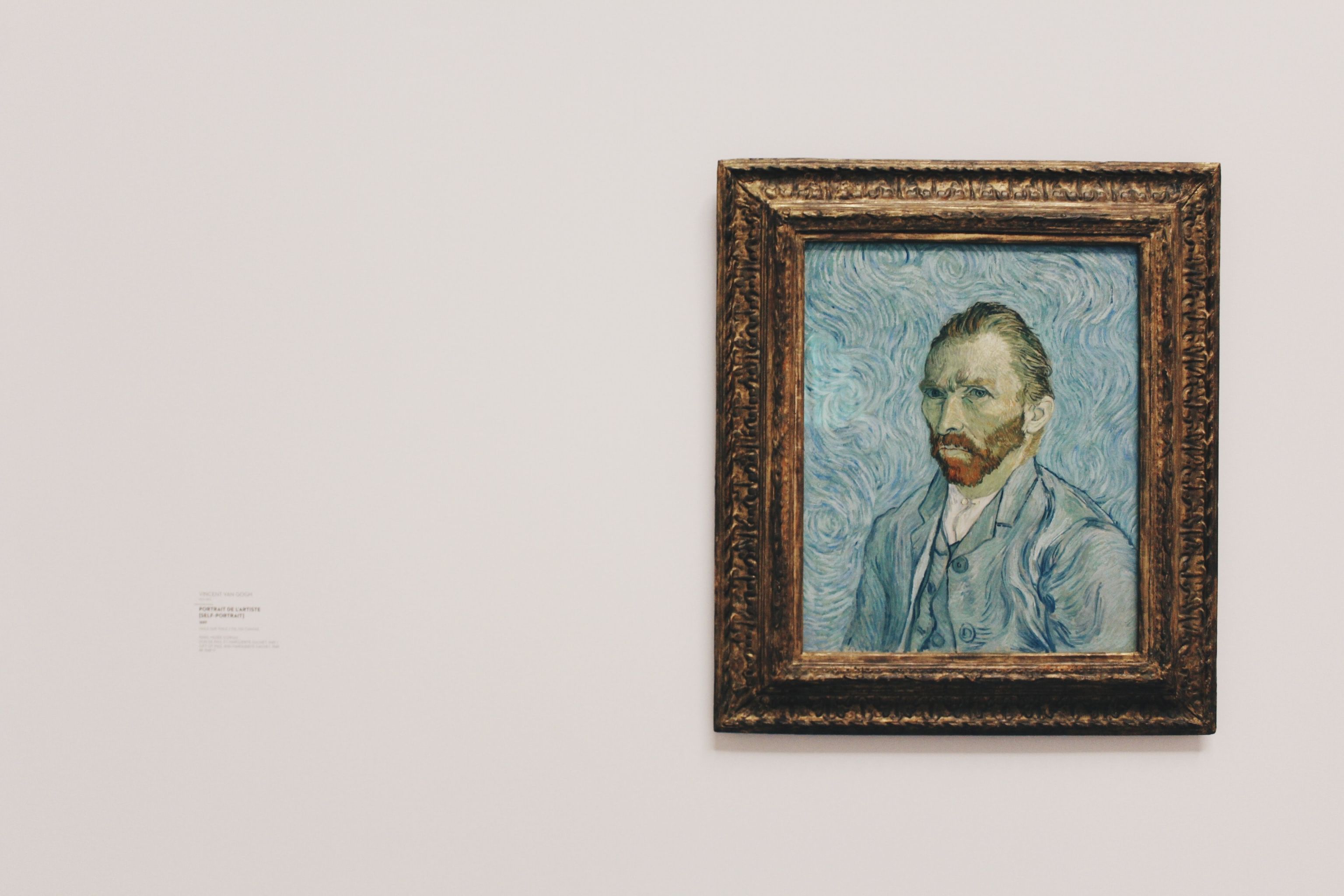Cumulus advises on implementing the right humidification in your design without compromising the end result. A good and healthy indoor climate starts with a humidity level between 40 and 50%. This does not have to be at the expense of design and can therefore be seamlessly implemented in designs for commercial or public buildings. If the humidity is not right (lower than 40%), this causes deterioration of materials such as wood, as well as cracks in paintings and other art objects. And what about flowers and records, which deteriorate more quickly? In addition, bacteria and viruses have free rein at low humidity levels.
Humidification for a healthy space
What few people know is that inadequate humidificaiton (below 40%) creates an unhealthy space. As an architect, you want the end user to feel comfortable in the space. This means it is important that viruses and bacteria cannot easily survive or multiply. The higher the temperature of a space, the lower the humidity. Not only is this unhealthy, it also makes the space uncomfortable. As a result, the end user will heat up the space even further, causing the humidity to drop even more. Contrary to what many people think, opening a window is not the right solution. In short, if you are looking for a healthy and comfortable (working) environment, the right humidity is of great importance.
Enjoy your interior and art for longer
Low humidity (below 40%) can cause wooden furniture and floors to crack and damage works of art. To prevent this, it is important to maintain humidity levels between 40 and 60%.

Ask for advice without any obligation
For free advice on safe, energy-saving and tailor-made humidification solutions, contact us here.
